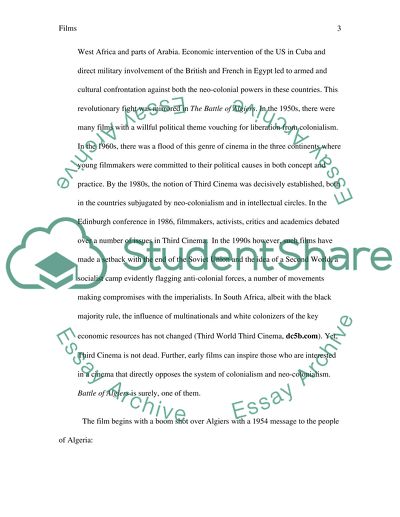Cite this document
(“Third Cinema Movie Review Example | Topics and Well Written Essays - 1500 words”, n.d.)
Third Cinema Movie Review Example | Topics and Well Written Essays - 1500 words. Retrieved from https://studentshare.org/sociology/1525520-third-cinema
Third Cinema Movie Review Example | Topics and Well Written Essays - 1500 words. Retrieved from https://studentshare.org/sociology/1525520-third-cinema
(Third Cinema Movie Review Example | Topics and Well Written Essays - 1500 Words)
Third Cinema Movie Review Example | Topics and Well Written Essays - 1500 Words. https://studentshare.org/sociology/1525520-third-cinema.
Third Cinema Movie Review Example | Topics and Well Written Essays - 1500 Words. https://studentshare.org/sociology/1525520-third-cinema.
“Third Cinema Movie Review Example | Topics and Well Written Essays - 1500 Words”, n.d. https://studentshare.org/sociology/1525520-third-cinema.


